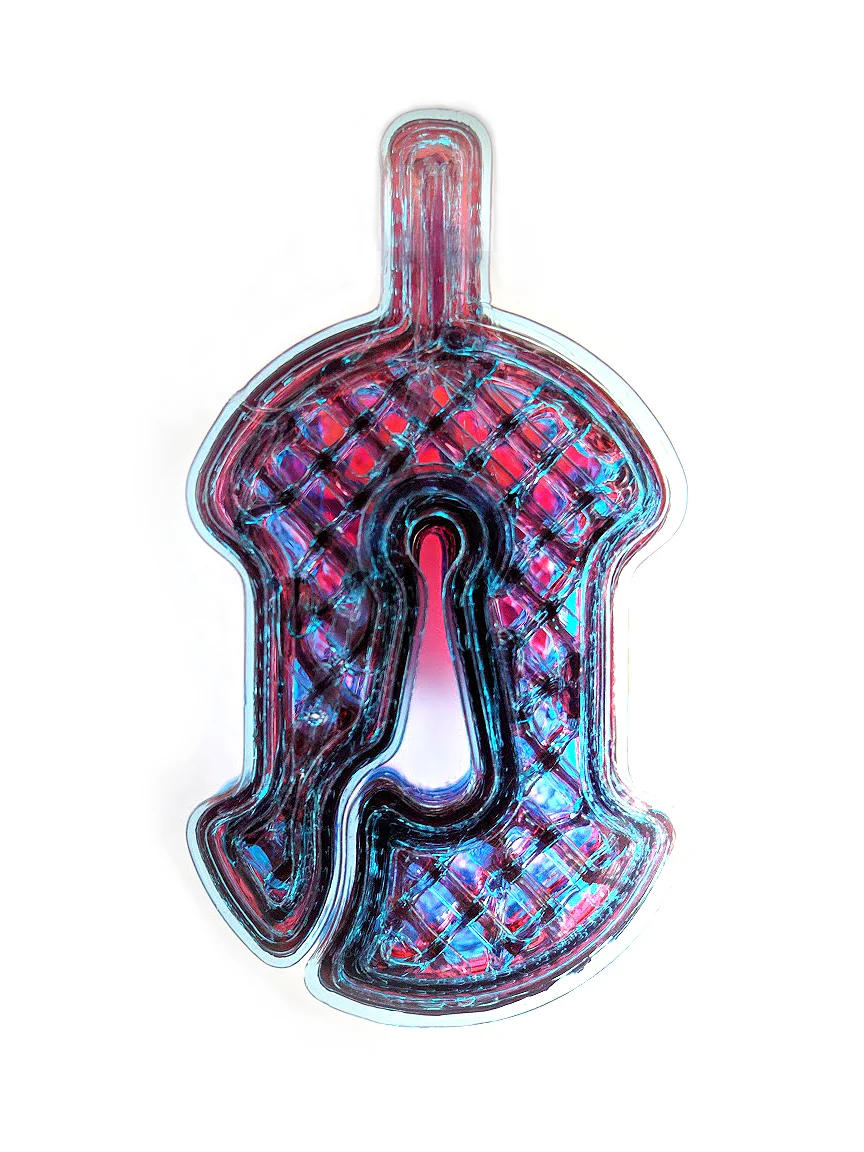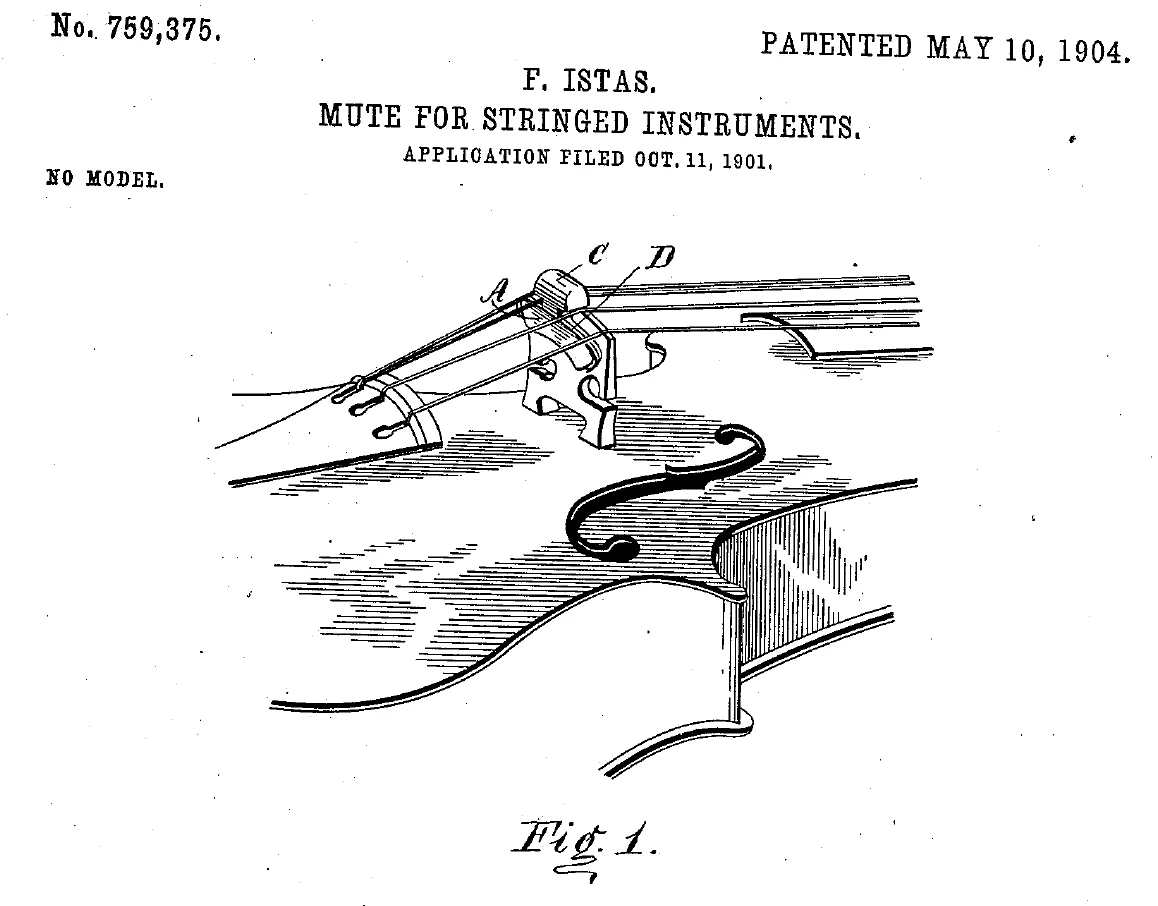Versatility, a little History, and the Viol Mute.
Our Viol-shaped mute traces its origins back to 1901 when the first iteration of this design was patented by F. Istas of the original Wurlizter Co.
In the late 1960’s this design was further evolved by Henyrk Kaston to allow the mute to ride on a single string or in between 2 strings.
Today’s modern violin players primarily encounter low-quality imitations (black rubber tourte mutes) of the Kaston design which only work on the A or D strings. Many players have forgotten that the mute was originally designed to work on or between any string on the instrument.
Recording artists often seek out high quality Viol-shaped mutes because they allow precise control of the muting effect for different types of music or vocal accompaniment. For instance, placed on the E string of the violin, only the upper spectrum of the instrument is muted.
Placed in between strings, the Viol-shaped mute rivals other designs in terms of positioning speed and ease of use.
A high-quality viol-shaped mute is the most fundamental orchestral mute and should be found in every player’s case, regardless of experience level.



